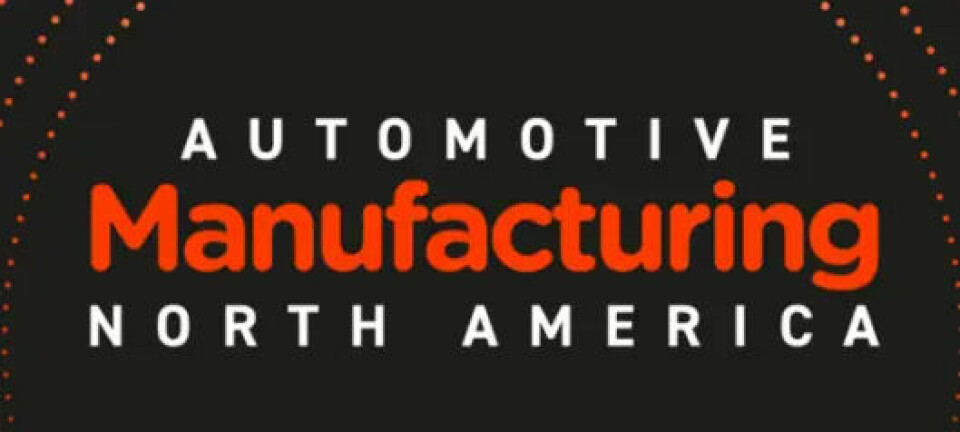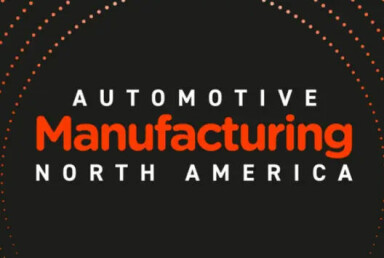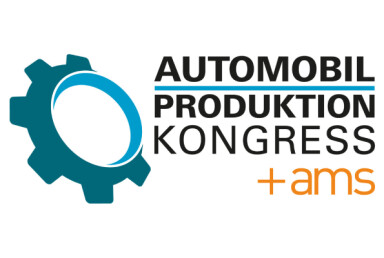How tariffs are influencing US auto production plans
Tariffs redraw North American auto manufacturing map
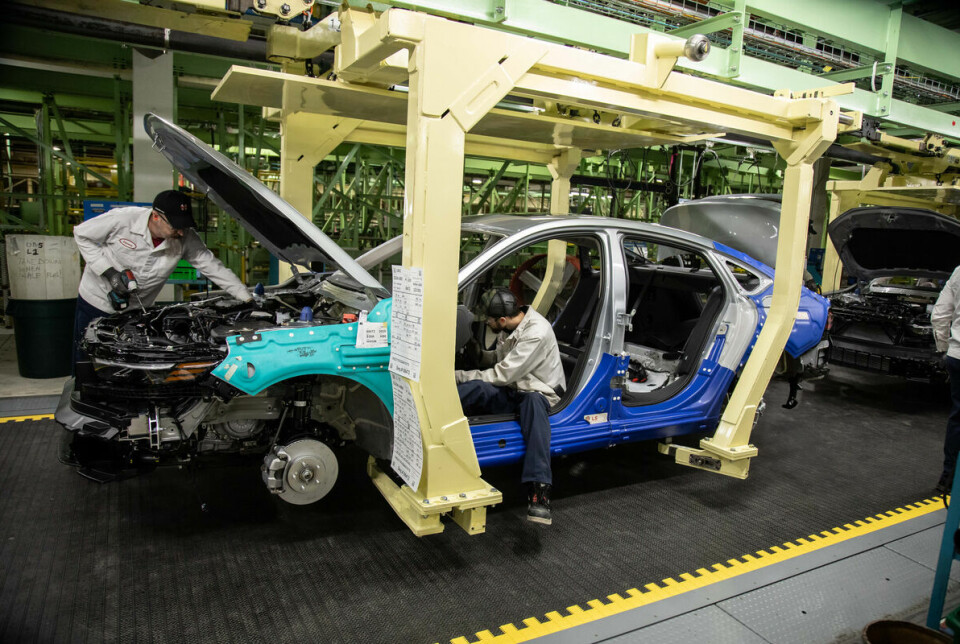
From BMW to Nissan, automakers are shifting assembly lines to the US to avoid steep tariffs – while Canadian and Mexican operations face uncertain futures. Here's how tariffs are reshaping the industry's landscape.
The recent changes in US trade policy, notably around increased tariffs, and geopolitical issues have increased uncertainty and unpredictability in the North American automotive manufacturing sector. Long-established norms and ways of operating for component supply chains and allocation of production across factories in the US, Canada and Mexico have been upended.
The USMCA trade agreement, negotiated during the first Trump presidency, has broadly speaking been dispensed with although the automotive industry is able to rely on some aspects of the regional local content rules to avoid tariffs on some vehicles imported to the US from Canada and Mexico. However, USMCA is also due for renegotiation, so this adds a future complexity to the current picture of uncertainty.
Tariffs become central to US international trade policy
For many years, light vehicles had faced a 2.5% US import tariff, but this was increased 10-fold or more depending on the country concerned. Subsequent discussions with countries have seen these reduced, to 10% for UK-made cars and SUVs (for the first 100,000 vehicles exported a year), to 15% for EU, Japanese and Korean imports for example, although the reduced tariffs for cars and components emanating from the EU, Japan and Korea took a few weeks before being implemented formally.
The tariff policies of the current administration have led directly to changes in the manufacturing plans of several car companies
President Trump also announced that the reduced 15% tariff rate for Japanese and Korean imports would be accompanied by Japanese and Korean companies investing heavily in the US across a range of industries and Japan in particular committing to importing a significantly higher level of food and other US products. It is worth noting that US automotive unions and some trade associations have also been very critical of the US-Japan agreement – having welcomed the tariff hike from 2.5% to 27.5%, the American Automotive Policy Council criticised the move to reduced tariffs as it appears to think Japanese companies can absorb the lower 15% tariff, especially in the components sector. US vehicle companies are reliant on Japanese component imports and so some will welcome this reduction, even if it acts against the original objective which was to encourage investment in manufacturing in the US.
However, at present it is not entirely clear how this will work in practice and many details remain to be worked out, and it would not be surprising if some of the practical aspects of tariff policy turn out to be rather different compared to the initial broad-brush announcements. President Trump has said that Japanese have agreed to buy more US-made vehicles, it is questionable whether Japanese consumers will feel minded to acquire that many large GM or Ram trucks for driving in congested Japanese cities. But as with Europe, Toyota is reportedly considering importing large SUVs from the US into Japan.
Tariffs on component imports to the US have historically been higher than on cars, although car companies could get around this using Foreign Trade Zones, which were akin to Freeports in Europe. Now, tariffs on cars and components are, by and large, at the same level. However, some exemptions mean that for Mexico and Canada, enhanced automotive tariffs can be avoided if the vehicles concerned comply with the pre-existing USMCA trade agreement negotiated during the first Trump presidency. In that context, it is noteworthy that while Canada has decided to drop some retaliatory tariffs against the US, it has not removed all additional duties it imposed on US exports to Canada. It has also been reported that some US component producers favour the increased import duties on components as these make their US-based operations more competitive against import sources.
Tariff policy impacts on vehicle manufacturers’ production plans
The tariff policies of the current administration have led directly to changes in the manufacturing plans of several car companies; more change is on the horizon, but significant progress has already been made.
Mercedes-Benz will add production of the GLC crossover to its Alabama factory by the end of 2027. Volvo is adding production of the XC60 PHEV to its underutilised factory in South Carolina and may add a further model in due course as part of the company’s plan to produce where it sells. US production of the XC60 is due to start a year earlier than the Mercedes model, i.e. by the end of 2026.
BMW is also expanding SUV production in the US, adding electric versions of the X5, X6 and X7 SUVs. These will be made alongside the ICE and plug in hybrid versions. An all-electric iX3 (and likely the sister model, iX4) will be added to the Spartanburg factory line-up in due course. A further model, a rugged off-roader designed to offer BMW a vehicle comparable to the Mercedes G-Wagen is also expected to be made in the US from 2029. Interestingly the larger BMW models, X5 and above, will continue to be made on the existing CLAR platform whereas the iX3/iX4 will, as in Europe, adopt the Neue Klasse architecture. This highlights the strength of BMW’s manufacturing systems, allowing vehicles on two platforms to be produced in the same factory.
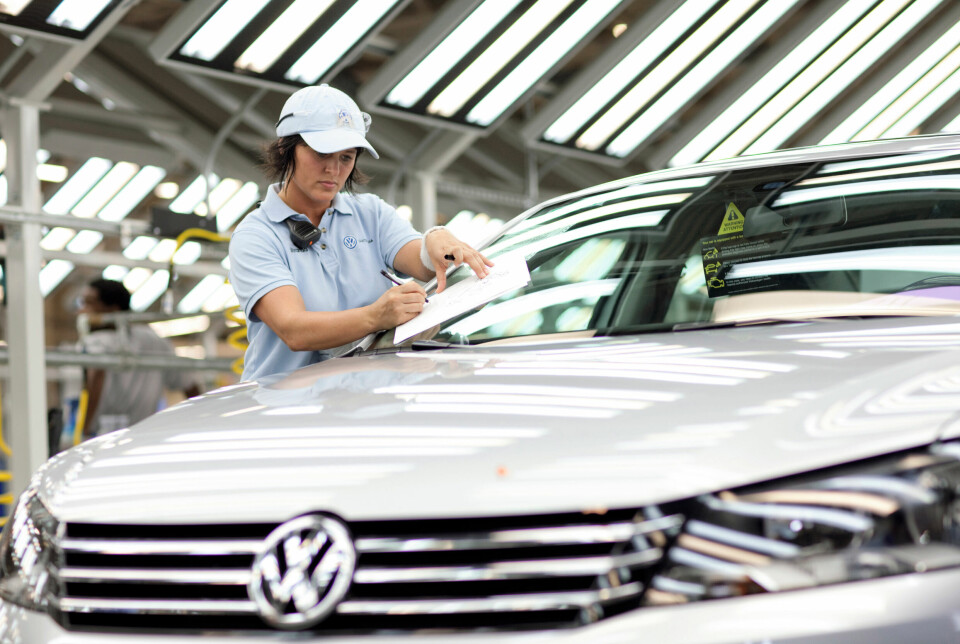
Volkswagen is also expected to widen its manufacturing line-up in the US, and Audi is also likely to produce a vehicle in the US, probably at the existing Volkswagen factory in Tennessee, or possibly at the new Scout factory in South Carolina which is subject of a US$2 billion investment programme. Volkswagen has also been discussing the idea of balancing tariff costs against investment made in the US, arguing that a company’s tariff burden should be reduced by US$1 for every US$1 invested in the US. The idea has not been officially dismissed by the US authorities, however, monitoring and ensuring compliance with such an idea may be complex, the simplicity of the idea and superficial attractiveness notwithstanding. Volkswagen is also considering the US as a future export source and is hoping that if it proceeds along these lines then it will also get favourable treatment from the US government in the form of support and incentives.
The Japanese vehicle companies have also responded quickly to the new tariff regime. Honda has decided to make the next Civic hybrid in Ohio rather than in Mexico; it is also increasing CRV production in Ohio, moving some output from Canada. However, the company has also committed to maintaining production volumes in Canada, suggesting that Honda Ontario will be allocated new export markets to maintain output at pre-existing levels. Similarly, Toyota is increasing RAV4 production in the US, moving some output from Canada. Again, it is understood that Toyota plans to maintain its output levels in Canada despite this switch.
Nissan, meanwhile, is cutting back on its production in Mexico while expanding SUV and crossover production in the US, where Rogue volumes are due to increase with production once planned for Japan moving to the US. The Xterra nameplate also being revived, with production of a rugged looking SUV starting in 2028. Nissan is also closing two factories in Mexico, one of which will also lead to the unwinding of its manufacturing alliance with Mercedes; Mercedes is also selling its shareholding in Nissan which it had acquired during the peak of the Renault-Nissan Alliance’s success.
The two Mexican plants which Nissan is closing are its old Civac factory in southern Mexico, which was Nissan’s first plant outside Japan, and one of its two facilities at Aguascalientes in the north of the country. The Civac factory, which has made Frontier pick-ups and used to make vans for GM, will close by March 2027, with production shifting to Aguascalientes. Some press reports suggest that either BYD or SAIC might take over this factory. The Aguascalientes site includes COMPAS, which was a joint venture with Mercedes. This plant used to make Infiniti crossovers for the US but production of these has dwindled in recent years and will end imminently. It has also made the Mercedes GLB SUV but production of this will finish in Q1/2026.


